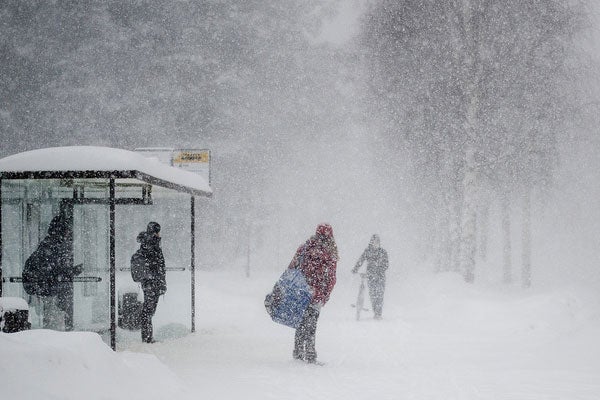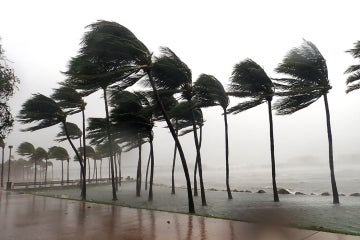
Winter months SAD for U.S. Treasury securities, study reveals
Published: March 16, 2015
The best time to invest in U.S. Treasury securities may be spring, thanks to seasonal variations in investor risk tolerance linked to depression, new research says.
A team of finance researchers found that the monthly return on those securities showed an average swing of 80 basis points between October – when returns peaked – and April, when they bottomed out.
“Maybe it seems like a small number, but in the world of Treasuries, that kind of a systematic difference is huge,” says study co-author Lisa Kramer, an associate professor at the University of Toronto Mississauga, who is cross appointed to the University’s Rotman School of Management. (Read more about Kramer and her research.)
She and her fellow researchers found that the fluctuation was linked to seasonal depression, called seasonal affective disorder (SAD) in its severest form. That was true even after controlling for other possible explanations, such as investors using Treasury securities as a hedge against stock market volatility, Treasury debt supply fluctuations, auction cycles, data mining, and even bad weather.
Medical evidence has shown that up to 10 per cent of the population experiences SAD and that most people experience more depressive feelings in the fall and winter.
The study's finding may be hard to accept, given that Treasury markets are known as places for larger institutional investors with experienced and sophisticated advisors who are not influenced by everyday human emotions. But maybe it's time to recognize that even high-level portfolio managers are people too, says Kramer.
“Maybe they're not clinically-depressed and feeling the impulse to crawl back into bed,” she says, “but my own research suggests that they're not as buoyant during some seasons of the year and it might not be very noticeable to an individual, but there do seem to be really broad effects.”
Kramer co-wrote the study with Professor Mark Kamstra of York University’s Schulich School of Business and Professor Maurice Levi of the Sauder School of Business at the University of British Columbia. It builds on Kramer's previous work, such as her 2011 paper, “This Is Your Portfolio On Winter,” identifying that people with SAD shun financial risk-taking during seasons with diminished daylight and that this effect is strong enough to influence financial markets.
The paper is being published in a forthcoming issue of Critical Finance Review.
Ken McGuffin is a writer with the Rotman School of Management at the University of Toronto.



